AI in Recruitment: Cases and Trends
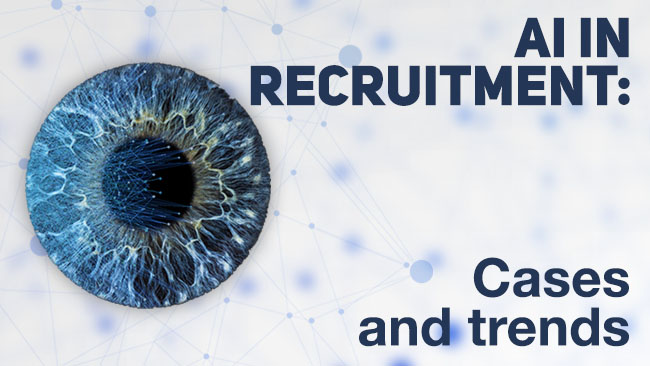
The abyss of AI will also gaze into you
In today’s world, AI is no longer a buzzword that companies can slap on their names to sound more sophisticated; as thousands of articles before have already put it, it is a technology that is changing many spheres, from factory production lines to remote work. Recruiting is no different — seeing the potential behind this technology, more and more companies nowadays are utilizing AI-enhanced recruitment in some form or the other; and just like any other novel technology, this one also causes people to debate whether we should use it at all.
As AI gets adopted in different areas, skeptics and Luddites alike complain that the machines will “take our jobs away,” realizing the nightmare scenario we often see in sci-fi movies: a world where humans have been replaced due to their uselessness. To approach the issue we are about to discuss, however, we need to adjust our mindset: AI is not a caricatural evil robot (at least for now), but still very much an extension of the human mind, as the mysterious and abstract acronym “AI” actually means a set of algorithms written by human engineers.
This means that the notion of autonomous robotic HR managers is still very much far-fetched. However, AI does assist us during the hiring process already. The question is: how to make it better — and avoid disrupting the way we perceive candidates altogether? To answer this question, we can take a look at the pros and cons of today’s AI algorithms, study their use cases and wonder what the future holds for them.
Pros and Cons
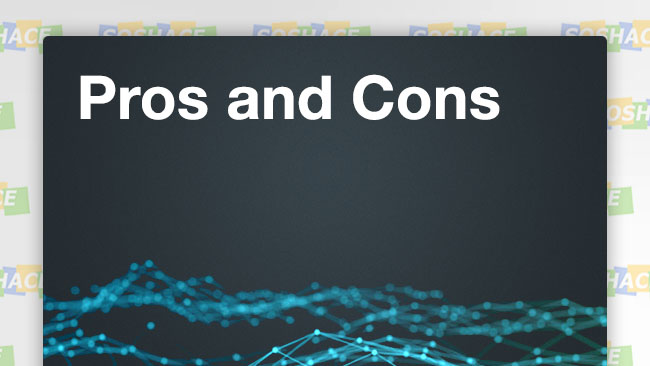
As it turns out, there are two sides to every story
Machine learning based on thousands of resumes and cases: One of the limitations of a human HR specialist is their scale: there’re only so many resumes they can analyze throughout the day, only so many interviews they can conduct, and only so many details they can remember. AI, on the other hand, can process thousands and thousands of candidates-related data sets. Then, machine learning algorithms come in play: they can distill the very essence of a good candidate and analyze different traits and features they have. With every scanned resume, these algorithms would refine their hiring process and (theoretically) become better and better at hiring.
But is there a downside? Interestingly enough, this very mechanism has already been in use for quite some time now, by none other than Google. Utilizing the data their users share on a daily basis (search queries, usage patterns, daily routines), the company can build a model of its user. The user, that is, meaning it can take a billion of its unique users, extract the data, and create a model that would closely resemble what each and every one of them does in the Internet.
However, this approach may fail to account for those users (or job candidates) who do things differently. In terms of recruiting, there may be candidates who like to think outside the box — but this would be discouraged by the algorithm trained to approve a single line of thought, one it deems the most efficient. A fitting example would be Amazon’s not-so-successful AI recruiting tool that preferred not to recruit women.
Cases
When examining a novel technology such as AI, a lot of information regarding its potential and usage may seem unsubstantiated — and this is why studying use cases of different companies is so convenient. The cases we are about to showcase really highlight just how effective AI-assisted recruitment strategy can be.
Chatbots helping L’Oréal
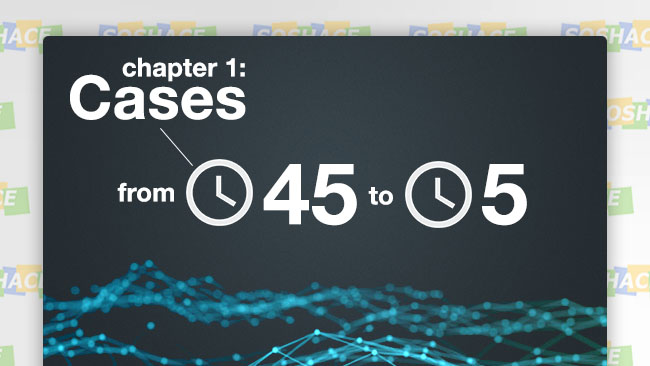
Hiring quick vs. hiring quicker
The “AI” acronym sounds so powerful that we are always expecting it to revolutionize any sphere where it gets applied. However, we would argue that technological revolutions rarely happen because of a single event, but rather due to gradual changes in the society — this has been the main takeaway from our article about VR and AR technologies in remote work. Following this logic, chatbots are the perfect candidate to bridge the gap between a novel technology like AI and the general public — they exist in a mobile environment and act as an extension of our smartphones. They are supported by messengers and social platforms alike — Facebook Messenger, WhatsApp, WeChat, Telegram, Twitter, and so on.
Website chatbots are pretty modest in their functionality, offering job candidates learn more about the company or submit their credentials; app chatbots, on the other hand, simplify the recruiting process by offering a platform for a candidate and an HR manager to interact. The main idea is to help recruiters avoid unnecessary or repetitive tasks, delegating them to AI-powered chatbots — that way recruiters have more time, focus, and energy.
This has been the goal of the team that created Mya — hiring-oriented chatbot utilizing machine learning and natural language processing. This functionality intrigued L’Oréal: the company, receiving 2 million applications each year, was looking for ways to optimize their recruitment strategy. Together with the Mya team, they conceptualized three questions to act as the first stage of the interview, sorting fitting candidates out:
- Tell us about a project that you worked on failed. What did you learn from that project?
- Tell us about the project where you were working with the multi-cultural teams and what experience did you have?
- Tell us about a situation where you are convinced about your idea, but your seniors were not. How will you convince them?
Then, the chatbot analyzes the answers via its natural language processing algorithms and compares them to the answers submitted by L’Oréal employees. The output was a “cultural fit score” which would determine whether a candidate would fit in the company.
Result: lowering the time needed for a hiring process (including screening a resume, scheduling and conducting an interview) from 45 minutes to just 5.
IBM Watson reducing employee turnover
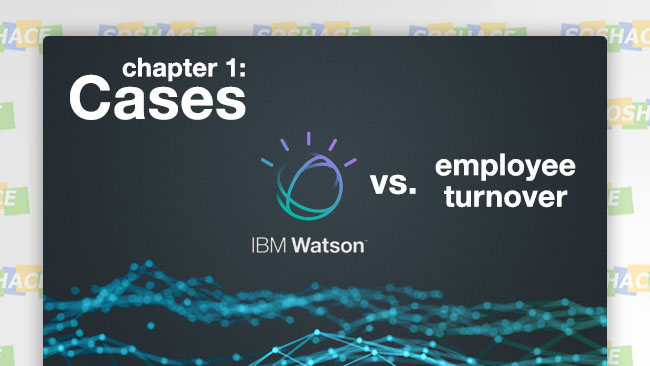
And the winner is…
Having acquired a valuable employee, we immediately shift our attention to this question: how can we retain them? After all, the human resources of your company are arguably more important than capital or even information; as Bill Gates once put it: You take away our top 20 employees and we [Microsoft] become a mediocre company.
Although a dozen of factors may influence the employee’s decision to leave or to stay, the creative geniuses behind IBM Watson believe something can be done to reduce employees’ attrition.
This project has 2 goals: predict turnover and dissect the factors that can cause it. In order to do this, the team created a number of machine learning algorithms to process the data sets associated with the employees and their workflow. The main attrition-associated features are: training time, job role, and working overtime, so the team used AI algorithms to analyze how these features can be improved.
- • Training time: the resulting analysis suggested that employees with higher numbers of training sessionsper year (3 on average) are more likely to stay than those with lower numbers (2 on average)
- • Job role: some positions are characterized with rather high attrition numbers: this visualization shows that Sales Representatives have the highest turnover, totaling at about 40%, followed by Laboratory Technicians, Human Resources, and Sales Executives.
- • Overtime: a simple, yet powerful correlation: employees’ high turnover rates match their large amounts of overtime hours.
Result: using this valuable insight, we can reiterate the “Work smarter, not harder” philosophy: working overtime can be replaced with training, making employees more effective — and satisfied.
Trends and Predictions
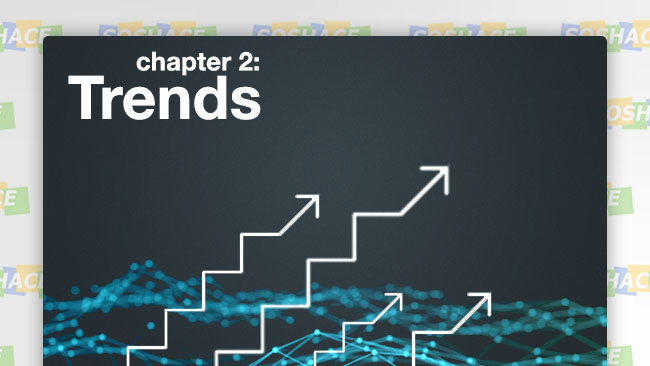
The future is closer than we think
We have taken a good look at AI recruiters’ present — but what does the future hold for them? Analyzing the tech industry, we can try and predict how AI recruiters will affect our hiring strategies and the way we test our candidates.
AI is trusted with more difficult tasks
As L’Oréal’s case shows, AI can assist recruiters and do more than just scan CVs and schedule meetings: using natural language processing, these algorithms are starting to understand the meaning behind our words. Although this is far from how real intellect interprets language, it is already sufficient to analyze whether a candidate’s stance fits that of the company’s.
With this in mind, we predict that AI recruiters will finally be tasked with more difficult operations; most importantly, they will start to provide feedback that managers can listen to. The insights they can share will not be unsubstantiated but backed by enormous data sets and computational powers.
HR Engineers
As the recruiting process gets more and more enhanced by AI, the need for AI-literate specialists rises accordingly. This is why the “Everyone should learn to code” paradigm is becoming so popular: a specialist who is also proficient in, say, scripting or automating their tasks has an advantage over their competitors — and seeing how hiring can be automated, we predict the emergence of HR engineers.
Simply put, a good HR engineer would be proficient in general HR areas of knowledge, but also in algorithms and programming, enabling them to broadcast their HR skillset to AI and scale it onto thousands of candidates.
There’s an interesting idea that Elon Musk once suggested musing over. When asked whether humans and machines will become one, he replied: In a sense, we are unified already — just look at our mobile devices. When you hold your smartphone, you suddenly become this supersmart creature who can access any knowledge there is, in a matter of mere seconds. The only problem is the interface — that is, your internet bandwidth, your smartphone’s speed or how fast you can type to google something — but we’re constantly improving the interface.
Does it mean that human and AI recruiters will always work together? That’s a good question to discuss! (Hint: the “Share” button is always there for you 🙂








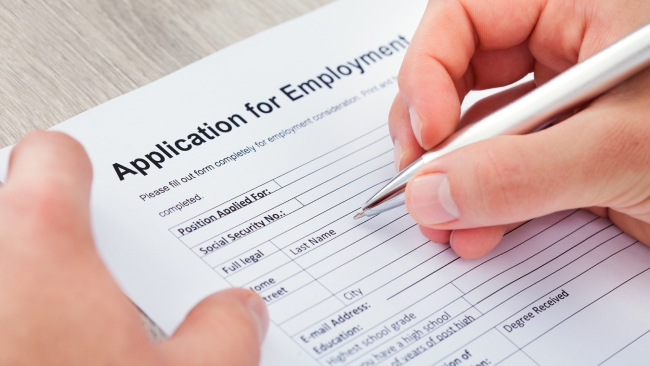


No comments yet